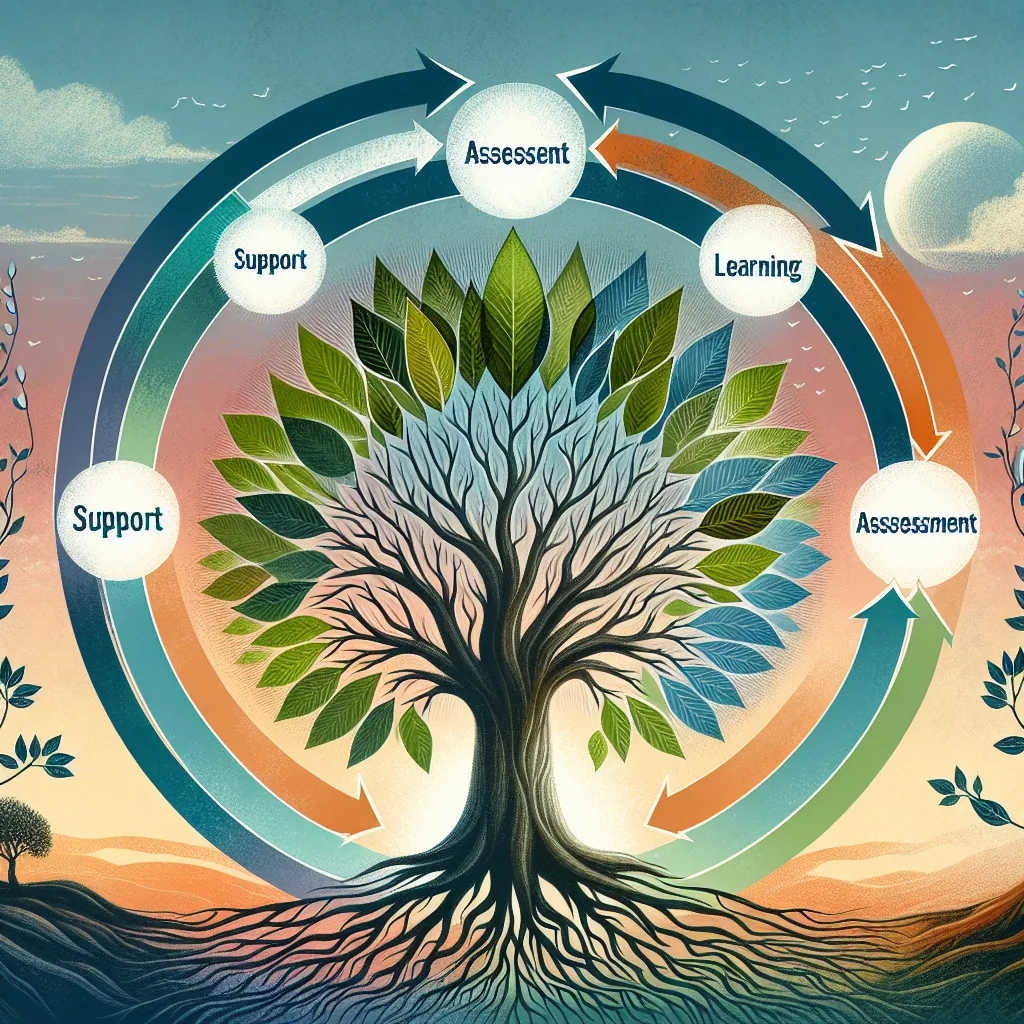Ask AI on The Internet
Question: Evaluate the importance of each of the following three roles of a teacher during art lessons. (4 X 3) (12) Observer Assesor Recorder
Evaluating the importance of the roles of Observer, Assessor, and Recorder during art lessons involves examining how each role contributes to the overall educational experience and development of students. Here’s an analysis of the importance of each: ### Observer (4 Points) 1. **Understanding Student Needs (1 Point):** By observing students, teachers can gain insights into each student's unique artistic process, interests, and challenges. This helps in tailoring instruction to meet individual needs. 2. **Monitoring Engagement (1 Point):** Through observation, teachers can see which students are engaged and interested in the activity, and which might need additional support or motivation. 3. **Immediate Feedback (1 Point):** Observing students allows teachers to provide immediate, on-the-spot feedback and guidance, which can be pivotal in helping students improve their techniques and skills. 4. **Behavior Management (1 Point):** Effective observation helps teachers manage the classroom environment, ensuring that students remain focused and on task, thereby creating a conducive learning atmosphere. ### Assessor (4 Points) 1. **Measuring Progress (1 Point):** Assessment helps in measuring students’ progress over time, allowing teachers to identify improvements, gaps in knowledge, and areas needing further development. 2. **Setting Educational Goals (1 Point):** Regular assessment enables teachers to set realistic and challenging goals for their students, fostering growth and encouraging higher levels of achievement. 3. **Informing Instruction (1 Point):** Assessment data provides critical insights that inform future lesson planning and instructional strategies, ensuring that teaching methods are effective and responsive to student needs. 4. **Encouraging Reflection (1 Point):** When students understand how they are being assessed, it encourages them to reflect on their own learning and artistic development, promoting self-assessment and personal growth. ### Recorder (4 Points) 1. **Documenting Progress (1 Point):** A teacher who records observations and assessments maintains a detailed account of each student's artistic journey, which is invaluable for tracking development over time. 2. **Communication with Stakeholders (1 Point):** Recorded data can be used to communicate students' progress to parents, administrators, and other stakeholders, ensuring transparency and fostering collaboration in the educational process. 3. **Planning and Adaptation (1 Point):** Detailed records enable teachers to review past lessons and adapt future ones based on what has been most effective or areas that need more focus. 4. **Providing Evidence (1 Point):** In instances where a deeper understanding of a student’s abilities and progress is needed, detailed records serve as evidence to support decisions related to grading, placement, or the need for additional support. ### Conclusion All three roles—Observer, Assessor, and Recorder—are crucial during art lessons, each contributing uniquely to students' artistic development and overall educational experience. The role of Observer ensures that teachers can understand and respond to immediate classroom dynamics. The role of Assessor allows for structured, measurable tracking of student progress, essential for setting and achieving educational goals. The role of Recorder provides a documented history of student achievements and areas for growth, facilitating communication and planning. Together, these roles equip teachers with a comprehensive approach to fostering a supportive and effective learning environment in the arts.
Think your answer is better than the AI's? Post it below.
Other Most Relevant Posts:
 Ask AI: Evaluate the importance of each of the following three roles of a teacher
during art lessons. (4 X 3)
(12)
1.Observer
2.Assessor
3.Recorder
Ask AI: Evaluate the importance of each of the following three roles of a teacher
during art lessons. (4 X 3)
(12)
1.Observer
2.Assessor
3.Recorder
Question Tags
If you want your question answered by an AI, click here.






Post your own comment: